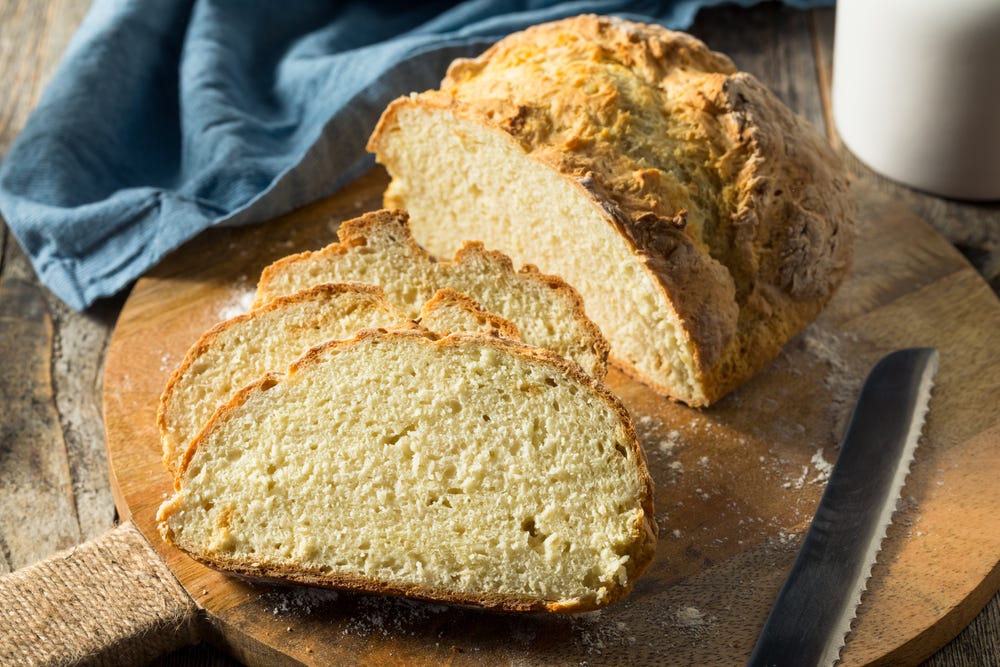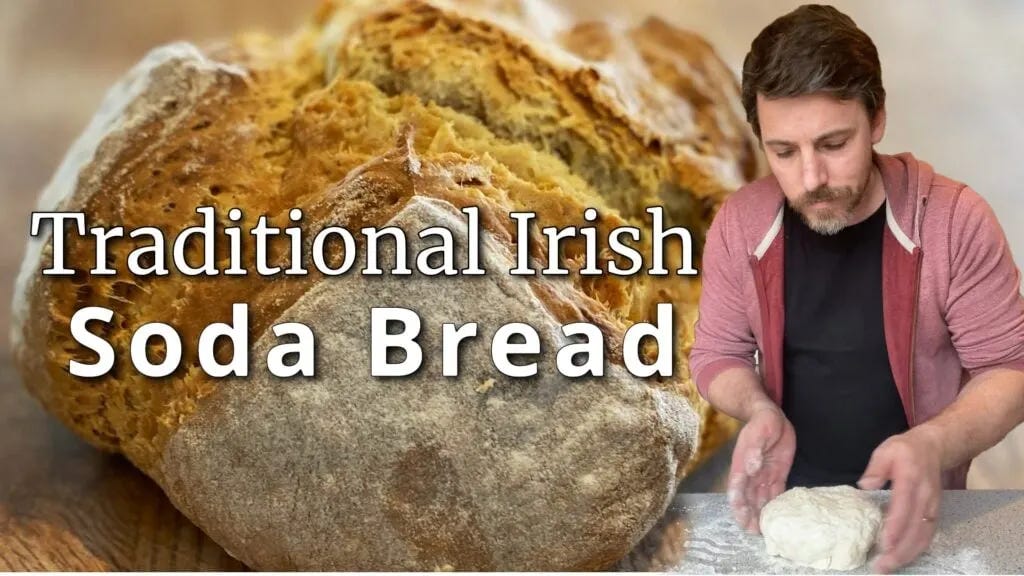Not as Irish as You Think: Uncover the Surprising Origins of Irish Soda Bread
When you think of traditional Irish cuisine, Irish soda bread likely comes to mind. This iconic bread, with its rustic crust and soft interior, is a staple at many Irish tables, especially during St. Patrick's Day celebrations. However, despite its strong association with Ireland, Irish soda bread is not as Irish as you might think. Let's dive into the surprising origins of this beloved bread and discover how it became a symbol of Irish culinary tradition.
The Birth of Soda Bread
The story of soda bread begins not in the rolling hills of Ireland but rather with Native Americans. Long before European settlers arrived, Native Americans were using natural forms of soda (potash) to leaven their bread. This was a significant departure from the traditional yeast or sourdough methods used in Europe at the time. When settlers encountered this method, they brought the idea back to Europe, where it gradually evolved.
The Introduction of Bicarbonate of Soda
In the early 19th century, bicarbonate of soda (baking soda) became commercially available. This was a game-changer for home bakers, especially in countries like Ireland, where yeast was less commonly used due to the climate and the quality of wheat available. Irish wheat, being a softer wheat, did not interact well with yeast, making it difficult to produce good-quality yeast bread. Bicarbonate of soda provided an excellent alternative, allowing for the creation of a quick and easy bread.
Irish Adoption and Adaptation
It was during the 1840s, amidst the Great Famine, that soda bread truly took hold in Ireland. With its minimal ingredient list – typically just flour, baking soda, salt and buttermilk – it was accessible to even the poorest families. The acidic buttermilk reacted with the alkaline baking soda to produce carbon dioxide, which helped the bread rise without the need for yeast.
The Irish made soda bread their own, baking it in cast-iron pots over open hearths. The traditional cross cut on top of the loaf was not just decorative; it served practical purposes. Some believed it allowed fairies to escape, while others thought it helped the bread bake more evenly.
Variations Across Ireland
Different regions in Ireland developed their own versions of soda bread. In the north, the bread was often made into flatbreads called "farl," cooked on a griddle.
In the south, it was more common to see the round loaf with the distinctive cross on top. Some recipes included additional ingredients like raisins, caraway seeds, or even treacle, each adding a unique twist to the basic recipe.
The Legacy of Irish Soda Bread
Despite its non-Irish origins, soda bread has become deeply embedded in Irish culture. Its simplicity and adaptability have ensured its place in the heart of Irish cuisine. Today, it is enjoyed around the world, not only by those with Irish heritage but by anyone who appreciates its rustic charm and hearty flavor.
Baking Your Own Soda Bread
How to make Traditional Irish Soda Bread
Enjoy a slice of homemade soda bread with butter and jam, and reflect on the rich, surprising history behind each bite.
Though it may not be as Irish as you once thought, Irish soda bread remains a delicious testament to the resilience and ingenuity of those who made it a beloved tradition.






